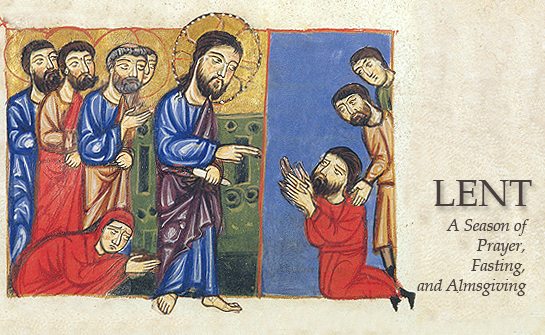
12 Feb 40 days of Lent; a season of prayer, fasting and almsgiving
The principles and practices of Lent in the Armenian Church are deeply rooted in the Bible, the ancient Christian traditions, the life-example of Christ and His disciples, and the lives of the great church fathers, all of whom contributed to the establishment of the canons of Lent. The focus of Lent is on “Man the Sinner”: on his repentance, his spiritual cleansing, and his eventual salvation.
The Armenian Apostolic Church has ruled on the traditions of Lent by creating canons based on the thought of the apostles. Apostolic Canon #8 reads: “The Apostles ordered and affirmed that the 40 days be set aside as days of abstinence from evil-doing, from sin and from food, preceding [the day] of the passion of our Savior.”

The period of Great Lent in the Armenian Church begins with the Monday following the Eve of Great Lent, and continues to the Saturday preceding Holy Week. Each Sunday during this period is named after a parable embodying some spiritual truth, and the Scriptural readings for each Sunday underscore the day’s lesson.
The first Sunday of Lent is called The Sunday of Good Living. The second Sunday of Lent is named The Sunday of the Expulsion. The third Sunday of Lent is known as The Sunday of the Prodigal Son. The fourth Sunday of Lent is The Sunday of the Steward, Lent’s fifth Sunday is known as The Sunday of the Judge. The Sunday of Advent is the sixth. Great Lent ends with Lazarus Saturday; the following day is Palm Sunday.
The Prelacy through its churches across Canada has organized a Lenten Lecture series, which will focus on “The Year of the Armenian Mother,” will begin on Wednesday, February 13 and continue to March 20. The lectures of Great Lent are under the auspices of His Eminence Archbishop Khajag Hagopian. For Peace Service, the Rest Service, the Sunrise Service and a listing of the topics and speakers, please contact your local churches.

